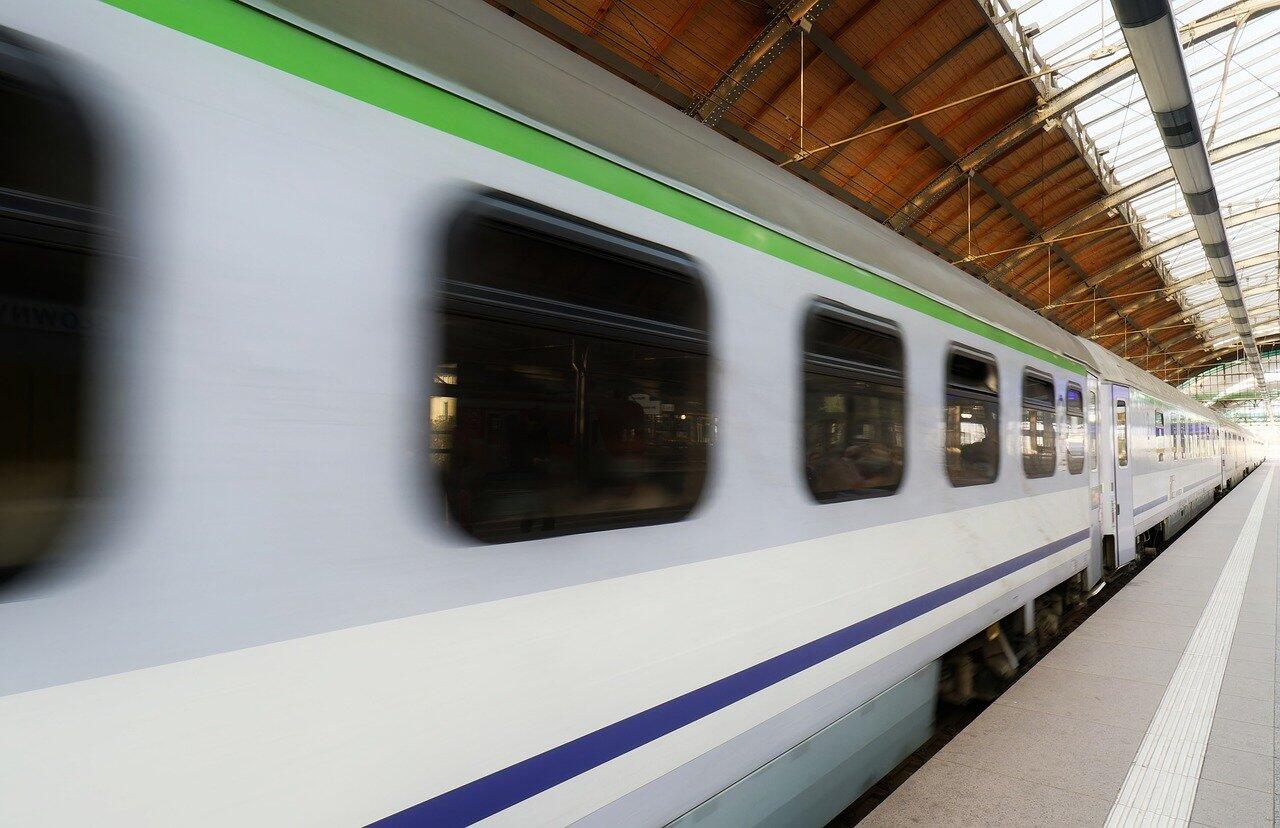Self-Driving and Autonomous Vehicles
Using AI in Public Transportation
The way in which AI is being used in public transportation is making it more efficient and passenger-friendly. Indeed, some developed cities around the world are actually using AI to analyse patterns of use which contributes to effective scheduling that is based on real-time demand. For instance, AI can determine when it needs to dispatch extra buses or trains during peak hours so that there are always adequate levels of service.
The other thing that AI is helping with is passenger safety and security. Things like video analytics tech and facial recognition can be used in transit systems in order to be able to detect any odd or suspicious behaviour.










